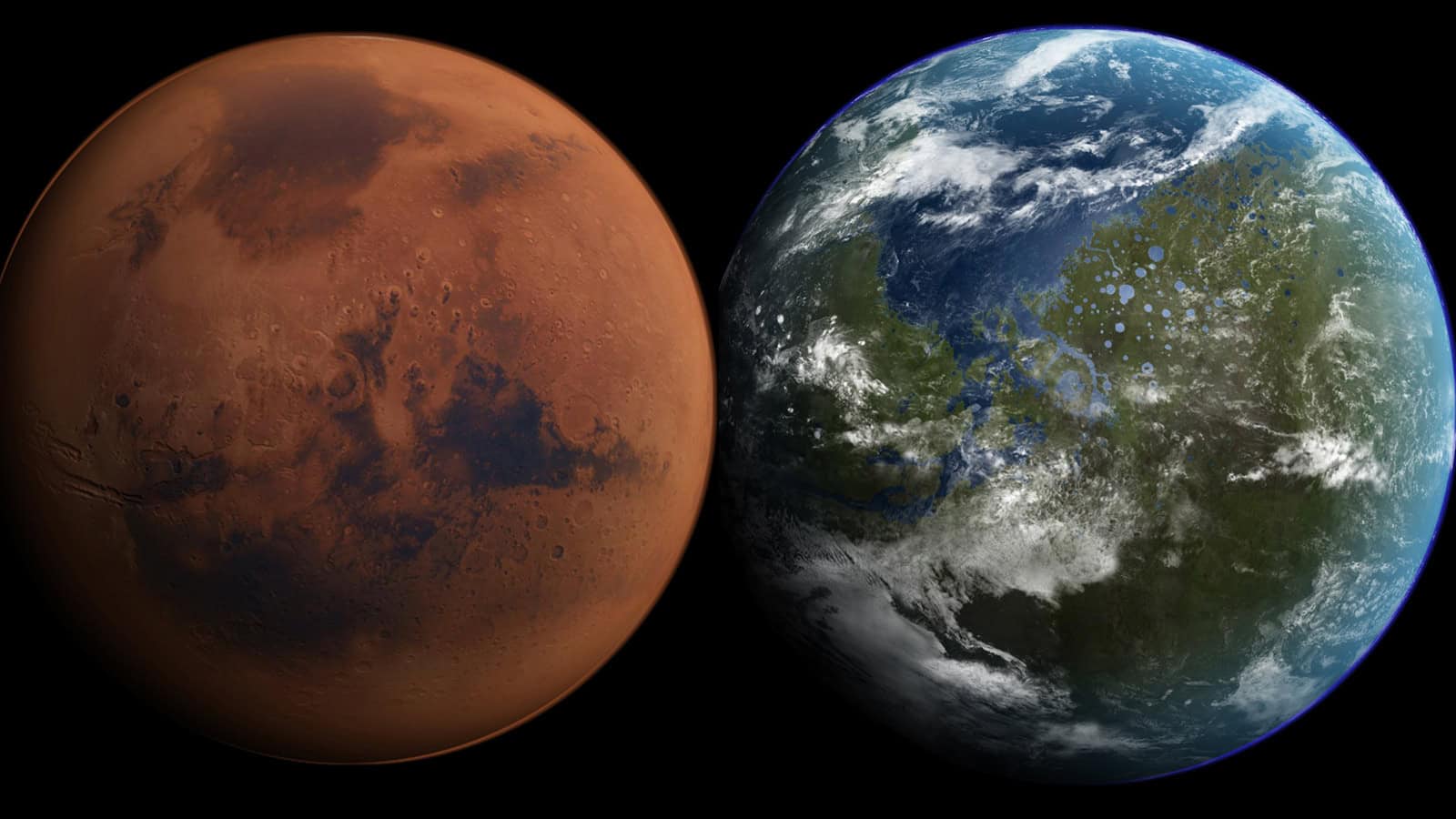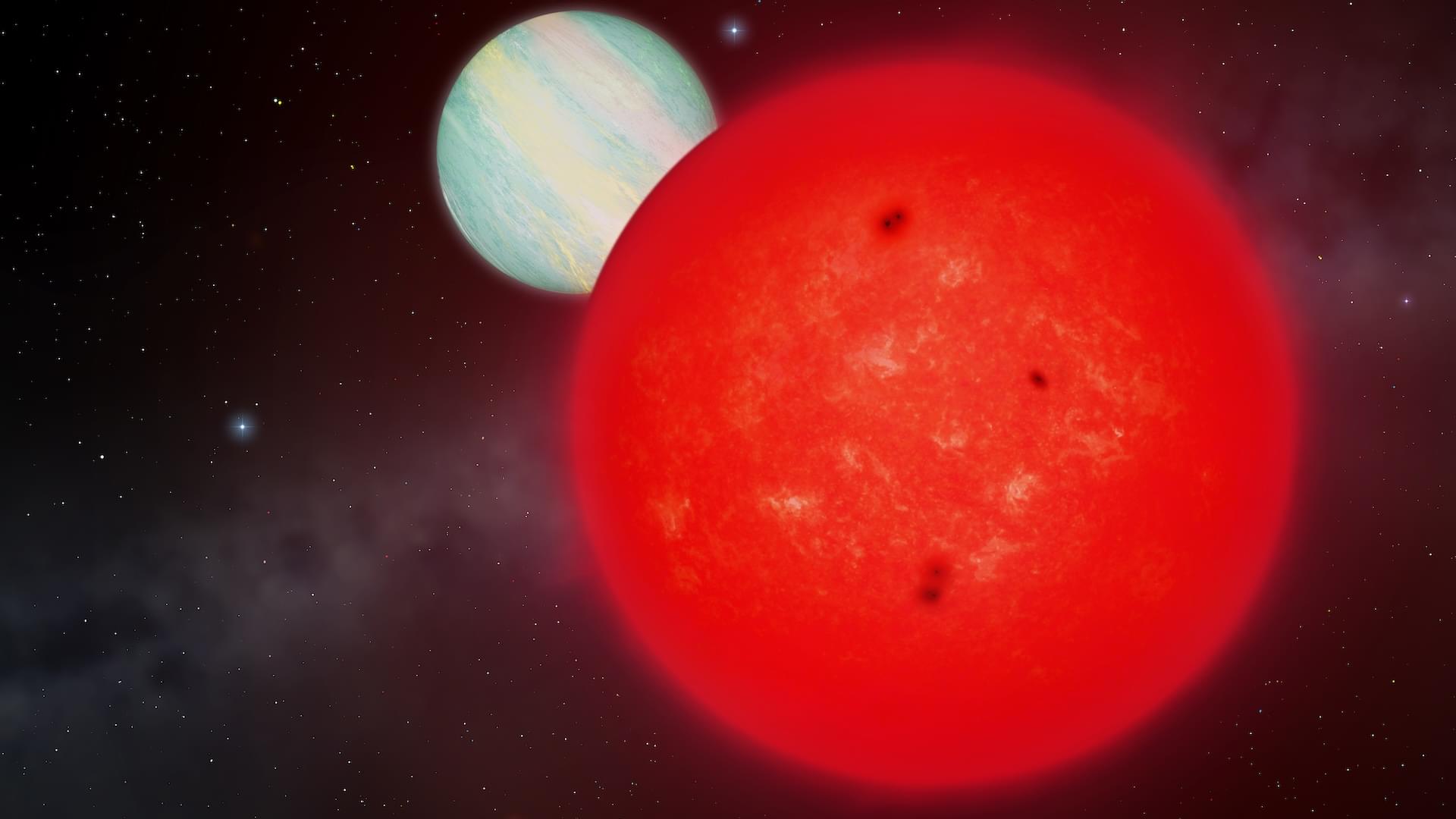Can one person run a business like a team of ten? In this episode, we explore how AI empowers solopreneurs to scale faster, automate smarter, and compete at…
Get the latest international news and world events from around the world.


This common prescription drug could reduce deaths by sepsis, study finds
Critically ill patients with sepsis who are given statins may be more likely to survive, new research suggests.
Researchers set out to explore whether the cholesterol-busting drugs may bring additional benefits for patients.
The new study examined information on sepsis patients who received statins during a stint in intensive care and compared it with patients in a similar situation who did not receive statins.

Exclusive: Start-up FutureHouse debuts powerful AI ‘reasoning model’ for science
As artificial intelligence (AI) tools shake up the scientific workflow, Sam Rodriques dreams of a more systemic transformation. His start-up company, FutureHouse in San Francisco, California, aims to build an ‘AI scientist’ that can command the entire research pipeline, from hypothesis generation to paper production.
Today, his team took a step in that direction, releasing what it calls the first true ‘reasoning model’ specifically designed for scientific tasks. The model, called ether0, is a large language model (LLM) that’s purpose-built for chemistry, which it learnt simply by taking a test of around 500,000 questions. Following instructions in plain English, ether0 can spit out formulae for drug-like molecules that satisfy a range of criteria.

This setup uses ‘true wireless power’ for PC monitor, peripherals — RF generator supplies up to 100W of wireless power
This wireless desk can power almost your entire PC, no cables or batteries needed.

Electronic ink enables room-temperature printing of circuits capable of switching between rigid and soft modes
Variable-stiffness electronics are at the forefront of adaptive technology, offering the ability for a single device to transition between rigid and soft modes depending on its use case. Gallium, a metal known for its high rigidity contrast between solid and liquid states, is a promising candidate for such applications. However, its use has been hindered by challenges including high surface tension, low viscosity, and undesirable phase transitions during manufacturing.

US shows world-first quantum communication in live nuclear reactor
In a global first, US scientists demonstrate quantum encryption in a live nuclear reactor using quantum key distribution approach.
